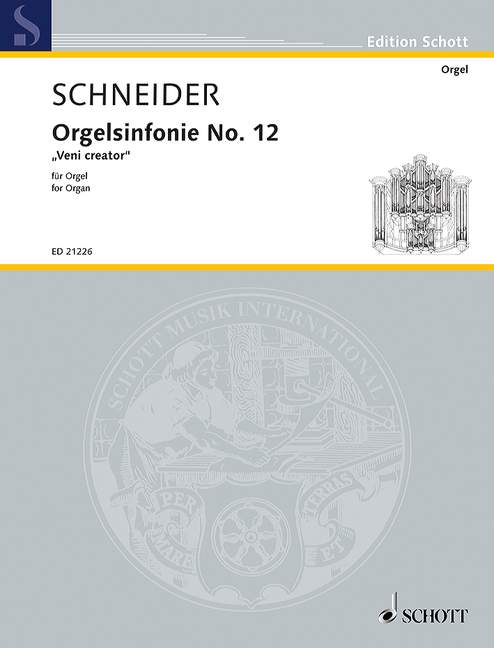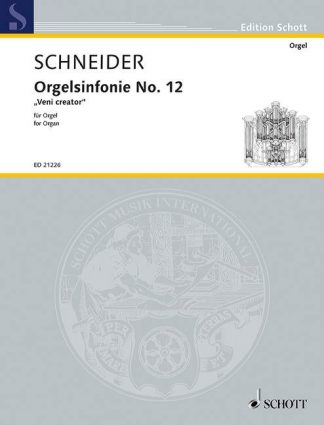Description
The association of the twelfth Organ Symphony with Pentecost began with the Regensburg Cathedral organist Franz Josef Stoiber giving its first performance on the 2009 Rieger organ immediately in front of the great Pentecost window by Josef Oberberger in Regensburg Cathedral. Pentecost represents a consummation in Christianity, a manifestation of the Trinity, intense spirituality, baptism and the development of community among all Christians. It is a passionate celebration of inner joy, yet always surrounded by an aura of reverence and spirituality. 1st movement: A powerful invocation using the Gregorian Pentecostal hymn Veni, Creator Spiritus. 2nd movement: The white dove is a symbol of the Holy Spirit, representing gentleness and love. In the 3rd movement, Water is the ?fons vivus? (living fountain) of all life. Flowing figures on the organ frame the quasi-Gregorian variations on the melody of ?Komm, Heiliger Geist, Herre Gott? (Ebersberg c. 1480), inspired by the 11th Century antiphon ?Veni Sancte Spiritus?. 4th movement: Breath and wind have been used as images of the spirit of God ever since the story of the Creation. At Pentecost they come together in a conflagration. This ?Tempesta di fuoco? begins with hovering tonality (over a twelve-note motif) with bright and shrill harmonies, but then leads into the tonic key as the Pentecostal hymn ?Veni, Creator Spiritus? shines through – a programmatic credo for the twelve Organ Symphonies, asserting a universal awareness of tonality.

